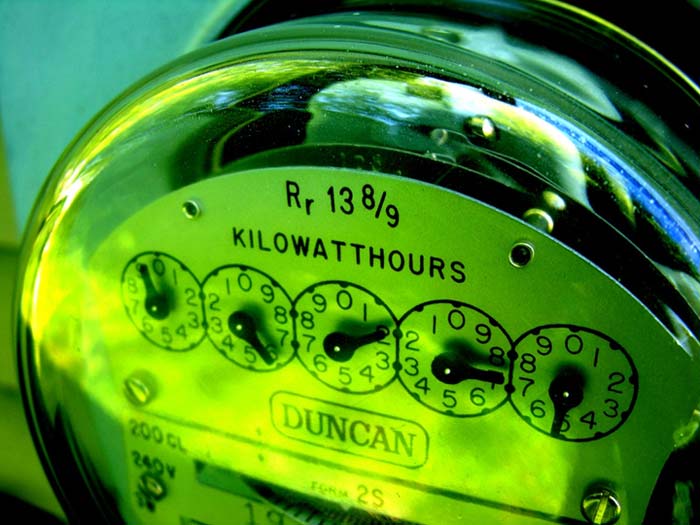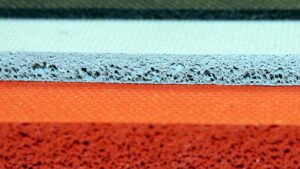There are several good reasons that have turned our collective consciousness into being more energy-savvy. The cost of energy has increased and it has become an expensive necessity, and there is no wonder that it is getting pricier with each passing year. So, what are the energy-efficient home upgrades that you should perform?

Whether it is about a high-energy bill or daunting concerns of the future, it is important to turn your attention toward decreasing your footprint. Nothing could be better than starting it from your home. Just by swapping some energy-suckers, you can make your house energy efficient.
That does not mean you are going to live in the dark ages and start relying on candles or lanterns. Nor does it mean to survive on the burning woodpile. That is to say, you can conveniently enjoy your regular routine or the things you love to do, by using a fraction of your current energy footprint.
The good news is that it is not only cheaper but also easier than you think. For example, lighting makes up about 10 percent of your energy cost due to the frequent use of standard incandescent bulbs. You will be surprised to know that just by replacing those incandescent bulbs with compact fluorescent bulbs, 75 percent of energy can be saved. That means now without skipping the beat you can save more money with some incredibly simple efficiency fixes. You no longer need to worry about that if you do not know how to do it.
Below are some tips that may help you cut down your energy footprint, and make your environmental impact as well as your energy bill smaller.
Energy-Efficient Home Upgrades
1. Perform an Energy Audit
Hire a company to perform an energy audit. It’s a great starting point. This is important to help you understand where your house stands. This might be something new for you, but energy auditors have been doing this job for a long time. They are experts and have specialized skills and tools to help you evaluate the energy efficiency status of your house. They will give you many suggestions pertaining to improving the energy efficiency of your home.
2. Improve Insulation in your Home
This is one of the most important things you need to pay attention to. Improve insulation in the home, particularly, in winter. A lot of your home’s heat will escape if there is no proper insulation. The worst part is losing that heat can cost you more than you think. Insulating techniques or weather-stripping are some ways you can ensure proper insulation in your house. Call in a professional or do it yourself, it’s not that tough. For more on this topic, check out 11 Tips to Winterize Your Home.
3. Replace Your Windows and Window Treatments
Your windows can be the reason you lose a lot of heat in the winter and cool air in the summer. When you estimate the energy cost over the year, it may come as a shock to you. If your house has its original windows, you should consider replacing them with new, double-pane windows that are much more energy-efficient.
You might not have heard about this part though. Not only does replacing your windows help but upgrading your window treatments can save you money as well. They do this by keeping heat out in summer and during the cold winter months. Living room window treatments are a great place to start since you probably use that room the most.
4. Use LED Lights
Old types of energy bulbs use more energy than you actually need. That is why many people have switched to LED lights. There’s a great demand for these now so the prices continue to drop. So, you’ll be saving money on the purchase and then every day after that.
5. Install Solar Panels
There is no denying that solar panels are a great invention. They not only help you reduce energy costs, but they can also make you money! That is definitely something that everyone should at least consider. As part of the green movement, installing solar panels on their homes has not only become a smart, financial move but also trendy.
6. Manage Major Home Appliances
Even if you use energy-efficient appliances, you still should not overuse them. Try to avoid using the heater excessively in winter by keeping your thermostat in a lower setting. Installing a programmable thermostat is one of the biggest energy-efficient home upgrades. Consider swapping out any appliances that aren’t Energy Star certified.
7. Watch Your Gadgets
A microwave, coffee maker, idle printer or desktop computer, and other similar devices come equipped with 24/7 LED clocks that run all night long. That means all this equipment consumes power if not switched off. By keeping them switched off you can save a lot of energy. If you do not need them immediately, turn them off. Newer electronic devices might have an energy-saving sleep mode but older ones generally don’t.
8. Set Your Water Heater
There are a few adjustments you can use on your water heater that will make your home more energy-efficient. Set the temperature to a warm setting, approximately 120 to 130 degrees. This is a suitable temperature that you can use to do household chores like dishwashing. If it’s not currently insulated, this is an inexpensive energy-efficient home upgrade that you can DIY. Also, using low-flow fixtures for baths and showers can also reduce the amount of energy you consume.
Bottom Line
Overall, whether you want to save money or are looking for ways to conserve energy, it is important that you assess your lifestyle. Once you have that done, tackling some of these home upgrades will make a big impact on your energy use. They’re easier than you think and will save you lots of money.



